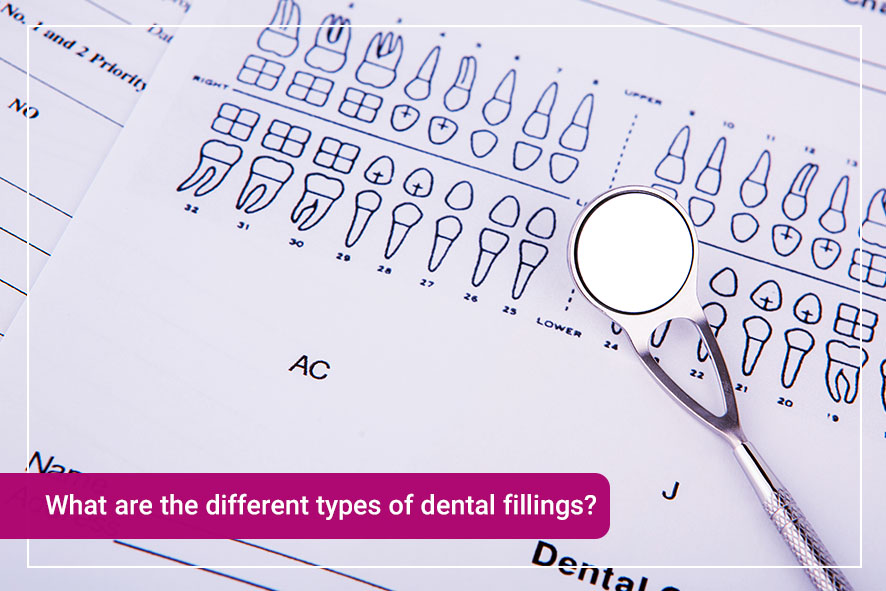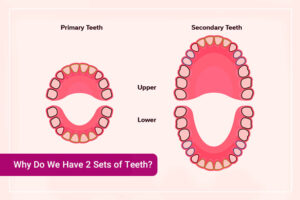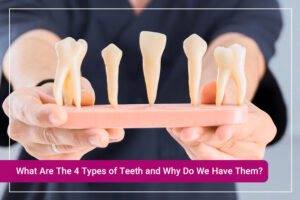Considering nearly one-third of Australian adults suffer from tooth decay, there will come a point in time where you’ll have to choose the type of material you’d like for your dental filling. There’s more than one?! Yup, I used to think there were only silver fillings, and prior to that, black fillings. These days, dental fillings vary in how they look, strength, longevity, and of course how much they cost. Most cases, your dentist will assist you in choosing the right filling material based on size and location of the cavity, among other things. So, what choices of material do you have? And what is the best material for dental fillings? Let’s take a closer look.

Amalgam (silver fillings)
One of the most common types of dental fillings is amalgam, also seen as silver fillings. It is made from a combination of metals, including silver copper, tin, mercury and zinc, and is a relatively durable filling material. It can withstand chewing pressure for well over 10 years and is also very affordable, making it an ideal option for most.
The only downside to amalgam fillings is the fact that they are silver in colour, making them readily obvious or visible to the eye. The Australian Dental Association also suggests minimising their use in pregnant or breastfeeding women, children or people with kidney disease. Some may also experience greater degree of tooth sensitivity to hot or cold temperatures.
Composite resin (tooth-coloured fillings)
Composite resin is a white or tooth-coloured material that can be matched to your existing tooth colour for a more natural finish. These days, many people will opt to have their old amalgam fillings removed and replaced with composite resin. This versatile filling material is also generally used to repair cracked or chipped teeth.
The disadvantages of composite fillings is that they are not as durable as amalgam fillings and do not last as long if used for adult back teeth, they are also slightly more expensive as it takes more time in the chair to place.
Glass-ionomer cement
Less common than composite or amalgam are glass ionomer fillings. They are made from acrylic and a type of glass, and do not last as long as other types of filling materials. It is usually used for fillings that are below the gumline and release fluoride over time to help strengthen the surrounding tooth structure.
This material can be quite weak and is typically only used for small fillings near the gumline and away from any biting force or used as a temporary filling. Cost wise, is similar to composite tooth fillings.
Porcelain fillings (ceramic filling)
Porcelain fillings can be made to match your tooth colour and are extremely durable, with some lasting well over 15 years. The only downside to porcelain fillings is the cost but the longevity and the strength of the filling make up for it.
Gold fillings
As you would imagine, the biggest advantage of choosing gold fillings is for its strength and durability, and perhaps the colour if you’re looking to flex a little. The most obvious disadvantage of choosing gold fillings is how much it costs. It may cost up to 10 times more than the amount of an amalgam filling. It also requires a couple of visits to place.
What to expect after a filling?
After getting a filling, your tooth may feel a little sensitive when you eat something sweet, cold or bite your teeth together. If sensitivity persists, we recommend visiting your dentist.
What is the best material for dental fillings?
When it comes to choosing the best material for dental fillings the only person who can help you determine which material is most suited for your needs is your dentist. Based on the location of the cavity in your mouth, the severity of decay your dentist will be able to provide you with a solution that matches your budget and current dental health. When in doubt, always book in an appointment with a dentist to find out what’s best for you.
















